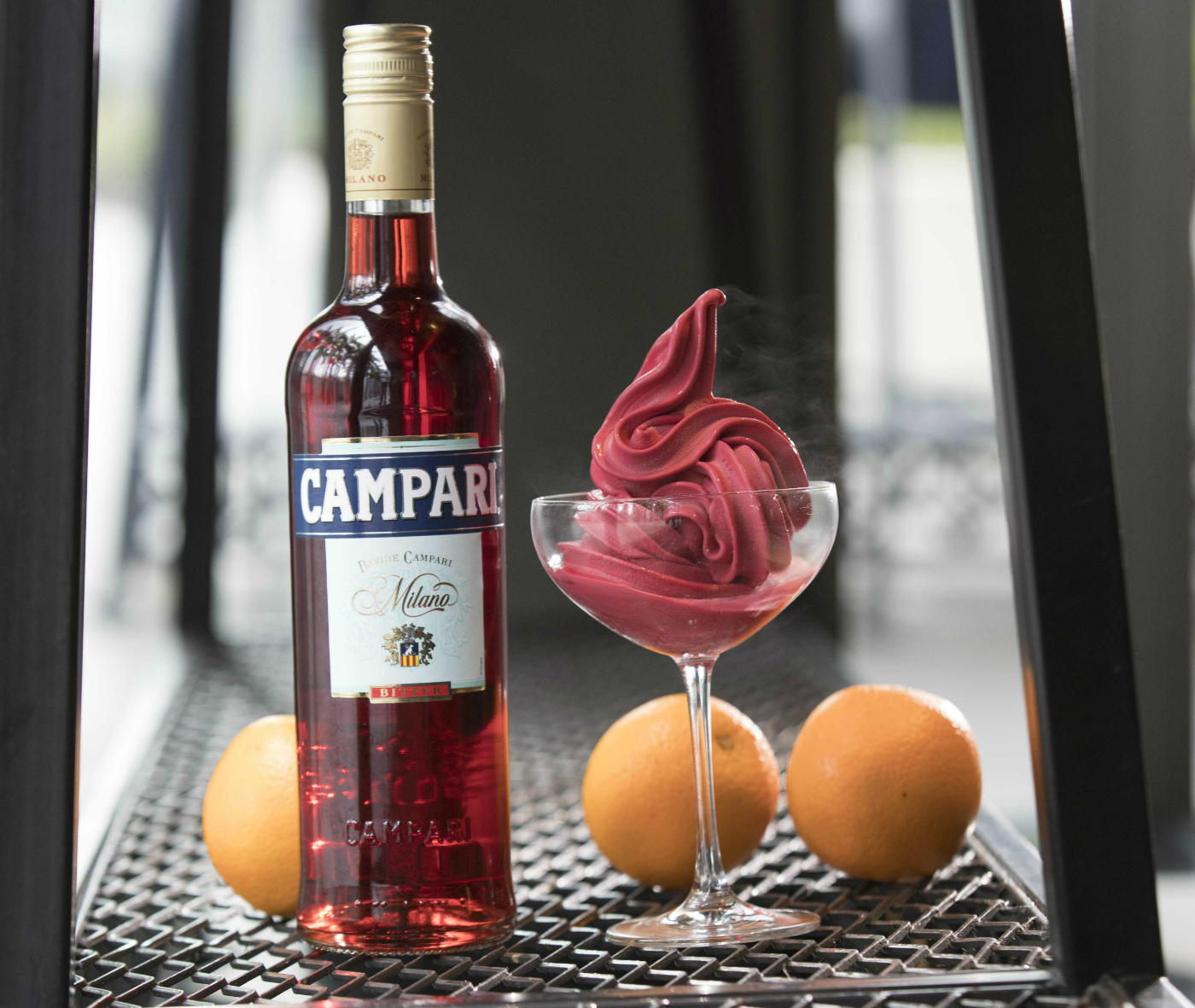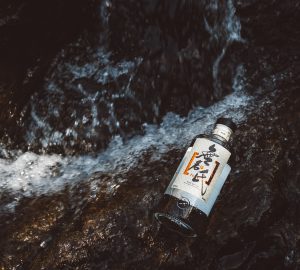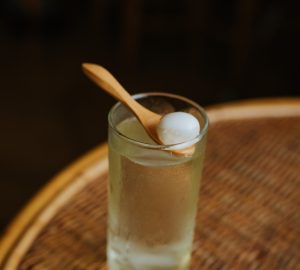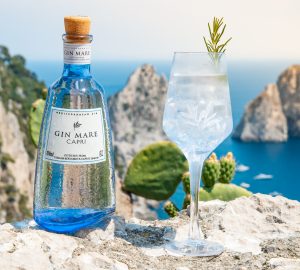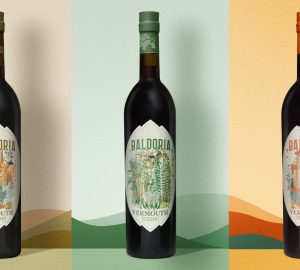William Pravda of Bread Street Kitchen and Bar Singapore shares his painstakingly researched recipe for the soft serve Negroni with DRiNK, for the bar community to use and share globally.
 “I would like to share this recipe with the global bar community for experimental bartenders who also have access to a soft serve ice cream machine. This recipe is my final recipe but I am sure it can be made even better. My initial idea was to create this Negroni completely dairy free and I am sure it is possible, but it just needs a bit of research. To not use pastry colouring would also be ideal, but for that you’d need natural red colouring that won’t affect the taste. The strength of this soft serve is more for Negroni drinkers as it may be too strong for the uninitiated. So I’m now working on ways to make it better for all customers. The next step is to create the Soft Serve Old Fashioned – and I can’t wait!”
“I would like to share this recipe with the global bar community for experimental bartenders who also have access to a soft serve ice cream machine. This recipe is my final recipe but I am sure it can be made even better. My initial idea was to create this Negroni completely dairy free and I am sure it is possible, but it just needs a bit of research. To not use pastry colouring would also be ideal, but for that you’d need natural red colouring that won’t affect the taste. The strength of this soft serve is more for Negroni drinkers as it may be too strong for the uninitiated. So I’m now working on ways to make it better for all customers. The next step is to create the Soft Serve Old Fashioned – and I can’t wait!”
180g Stab 2000
50g Lecithin
400g Base stabiliser B50 with no flavouring
1050g Sugar
100g Milk powder
200ml cream (depending on preferred consistency and creaminess)
3000ml water (soft water works the best)
30ml (approx) Red pastry food colouring
The following “Negroni ingredients” have been used due to their alcohol and sugar. Be mindful when using different types of gin as abv and sugar level and taste profile might not work as well.
750ml Campari
1300ml Mancino Rosso
600ml Gran Classico
1350ml Monkey 47
1. Start with 2000ml of water and 600g sugar – slowly add 200g of base stabiliser B50.
2. On side mix together the rest of the sugar with the rest of stabiliser B50, plus Lecithin, milk powder and the Stab 2000.
3. When stage 1 is dissolved add all alcoholic liquids while stirring.
4. Remember to keep temperature under 48C. Ideally stay just above 40C.
5. Slowly mix in powder from step 2 with the last 1000ml of water.
6. Once the substance becomes a bit thicker, the taste will be bittersweet.
7. The alcohol molecules will taste stronger when exposed to extreme cold, so don’t worry if you feel it’s not strong enough at this stage.
8. If alcohol taste feels too strong at this stage, you can reduce using cream. All depends on personal taste and customer needs.
9. Add red food colouring. Colour molecules exposed to extreme cold lose strength so colour will diminish in the soft serve machine. So, even if it looks very red in the pot, it will come out as pink, so make it very red at this stage.
10. Put the mixture into the freezer for a few hours to cool down to less than 10C.
11. Fill part of mixture into a soft serve machine and leave it to settle and cool down. The result of nice soft serve texture depends on the temperature in machine and what temperature the ice cream comes out at.
12. Ideal temperature for the mixture area on the top of machine is around 5.5-6C and it has to go to at least -10C when cooling in tubes (serving temperature is lower than -8.5C). Every machine has different settings so you need to adjust according to your machine.
13. After around 40 minutes, taste the mixture from the machine and make any adjustments according to taste preferences.
“As it’s a brain shock for everyone’s first try, don’t judge the strength of the soft serve after the first taste. Your brain needs to get used to something that looks like sweet ice cream, but actually is bitter and boozy as a Negroni should be.”


